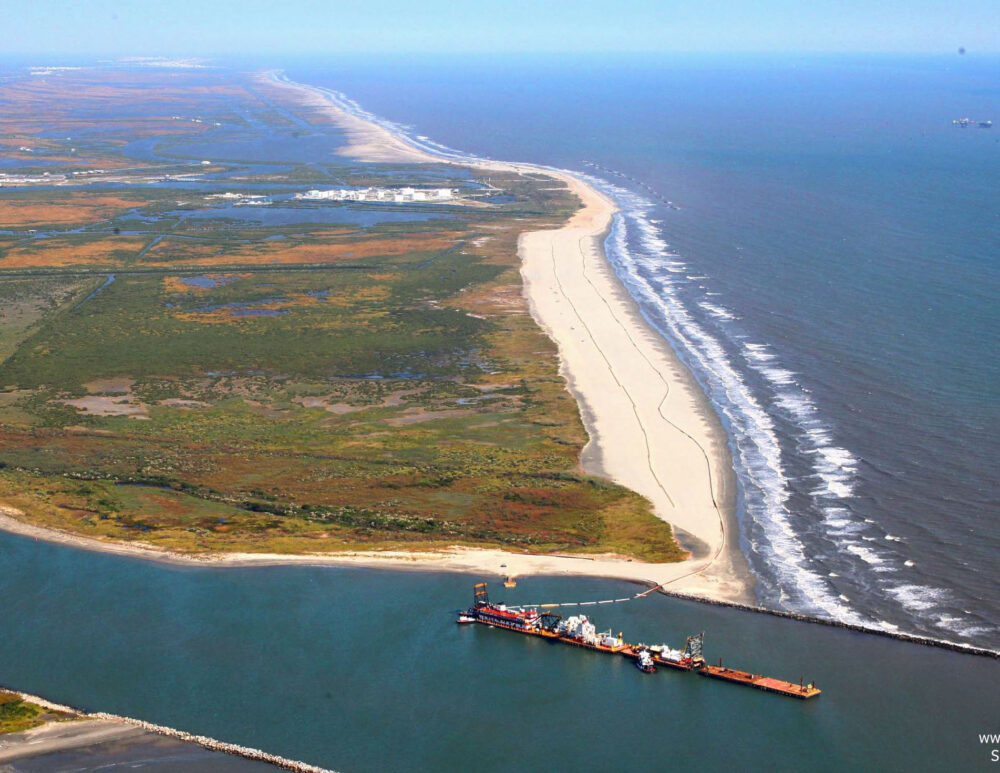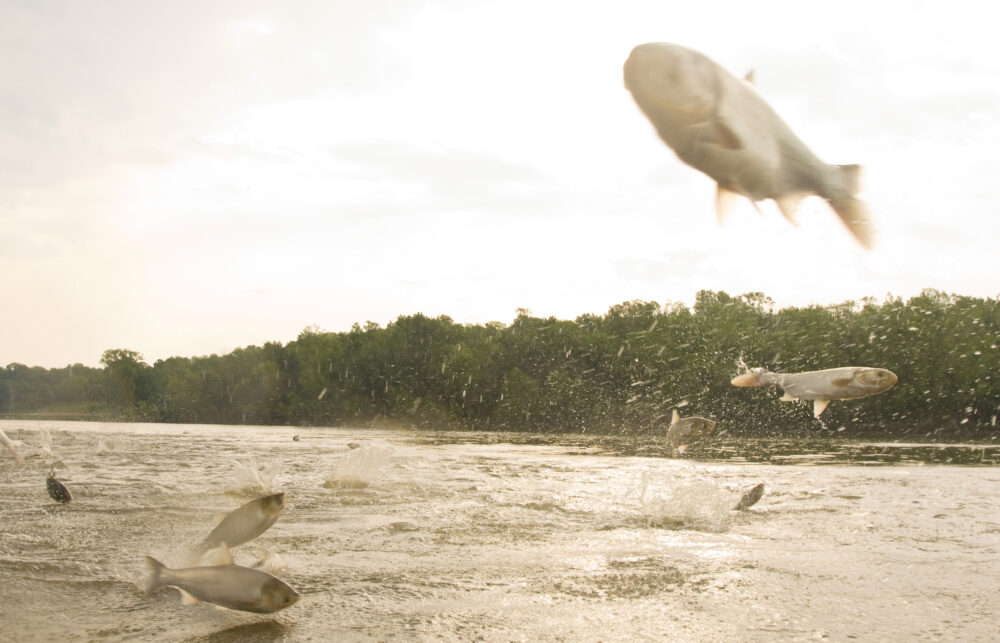We have much more to do and your continued support is needed now more than ever.
As Yellowstone River Oil Spill Cleanup Continues, Dead Animals Taken for Testing

Oil spill cleanup efforts continue along the Yellowstone River in Montana. But will they be effective?
ExxonMobil, the company behind the spill, insists that it is pulling out all the stops to mop up the 42,000 gallons of oil that spilled into the river in early July. Company president Gary Pruessing said on Wednesday that ExxonMobil has applied over 70,000 feet of boom and 3,000 absorbent pads to the spill site to absorb the oil, and that this is all being coordinated by 350 emergency personnel down at the river. Boom blocks the oil from certain areas; absorbent pads soak it up. This is pretty standard; BP did the same thing after their disaster, with some additional steps like skimming – surrounding the oil with skimming vessels so pumps can pull it from the water – and burning, where surface oil is towed away from the main slick and set alight to burn it off.
But while an oil spill in the Gulf of Mexico presents its own unique hurdles to cleanup efforts – it is the world’s ninth largest body of water, after all – the workers in Montana are dealing with something quite different. The Yellowstone waters are moving quickly: 5 to 7 mph, according to National Wildlife Federation senior scientist Doug Inkley. That has several effects. First, the rushing water is dispersing the oil far away from the spill site so that it is harder for the booms and pads to pick up. Second, steps like skimming and burning aren’t going to be effective because the wide dispersal of the oil means there aren’t any large quantities of crude on the water surface. And finally, the swollen, volatile waters from the flood make it difficult for boats to get out on the river to assess the condition, which hampers efficient cleanup.
“This is a time of peak water flow in the Yellowstone River because its water supply is water from snow runoff, which is occurring at maximum rates now given that it’s July,” Inkley explained. “And if there is any rough water whatsoever, [the booms and pads] are essentially ineffective. They’re not going to get that oil back.”

The National Wildlife Federation’s David Ellenberger toured an affected ranch along the Yellowstone River on Saturday. He found absorbent pads placed haphazardly in oiled areas – some oiled areas were covered with pads, others had none. In the shallow water left behind by the Yellowstone’s receding floodwaters, he saw hundreds of dead worms.
David also reported plenty of evidence that wildlife are still visiting oiled areas, like fresh deer tracks in the mud. Other areas with signs of wildlife activity, like this tree taken down by beavers, now smell strongly of petrochemicals.
Another rancher found several dead wildlife on his property, including a garter snake, a hawk, and a deer (you can see a not-so-pleasant picture of the remains here). While there were no visible signs of oil, International Bird Rescue personnel collected the remains to test them for any evidence of oil contamination.
The National Wildlife Federation will continue watching for wildlife impacts in the days and weeks ahead. And on Capitol Hill, we’ll be watching the House Transportation & Infrastructure Committee’s hearing on pipeline safety coming up on Thursday.





















